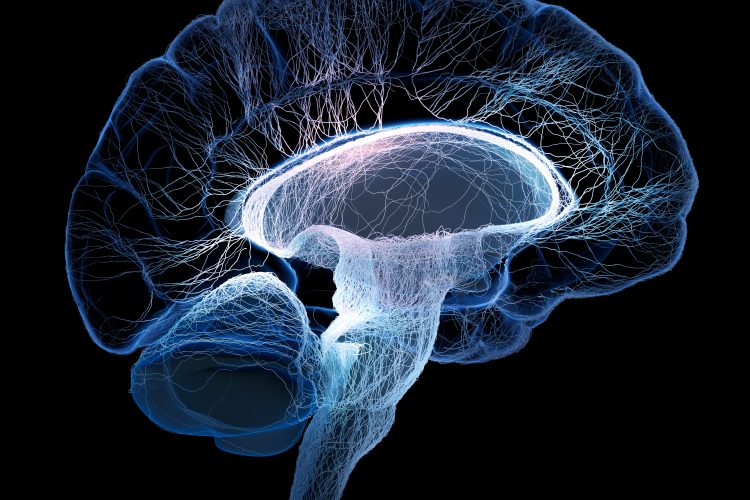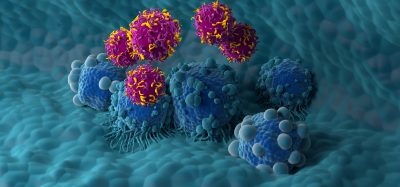DOP-targeted therapies could exert significant anxiolytic effects
Posted: 23 February 2024 | Drug Target Review | No comments yet
Researchers have uncovered the role of the PL-BLA neuronal axis and its potential function in DOP-mediated anxiolytic effects.


Tokyo University of Science researchers have elucidated how a selective delta opioid receptor (DOP) agonist KNT-127 exerts anxiolytic effects in animal models with minimal side effects. This finding could enable widespread clinical application of therapeutic drugs that are mediated by DOPs.
Anxiety-related disorders can have a significant impact on an individuals’ mental health and quality of life. DOPs localise in the regions of the brain associated with emotional regulation and have a crucial part in the development of anxiety. DOP agonists, synthetic compounds which selectively bind to DOPs and mimic the effect of the natural binding compound, have shown therapeutic effects for multiple behavioural disorders in several studies.
Dr Akiyoshi Saitoh commented: “There are currently no therapeutic drugs mediated by delta opioid receptors (DOPs). DOPs likely exert anti-depressant and anti-anxiety effects through a mechanism of action different from that of existing psychotropic drugs. DOP agonists may, therefore, be useful for treatment-resistant and intractable mental illnesses which do not respond to existing treatments.”
The neuronal network projecting from the prelimbic cortex (PL) of the brain to the basolateral nucleus of the amygdala (BLA) region has been implicated in the development of depression and anxiety-like symptoms. Previously, the team has demonstrated that KNT-127 inhibits the release of glutamate in the PL region. Therefore, they hypothesised that DOP activation by KNT-127 suppresses glutamatergic transmission and attenuates PL-BLA-mediated anxiety-like behaviour.
For the new study, the scientists developed an optogenetic mouse model wherein they implanted a light-responsive chip in the PL-BLA region of mice and activated the neural circuit using light stimulation. Then, they assessed the role of PL-BLA activation on innate and conditioned anxiety-like behaviour, using the elevated-plus maze (EPM) test to investigate behavioural anxiety in the mice. Mice with PL-BLA activation spent less time in the central region and open arms of the maze, compared to controls, which was consistent with innate anxiety-like behaviour.
Also, the mice were exposed to foot shocks so the researchers could assess conditioned fear response when the mice were placed in the same shock chamber the following day without re-exposing them to current. The freezing response of the animals was recorded. The mice with PL-BLA activation and controls exhibited similar behaviour, suggesting that distinct neural pathways control innate anxiety-like behaviour and conditioned fear response.
For a final experiment, the team evaluated the effects or KNT-127 treatment on anxiety-like behaviour of mice using the EPM test. Significantly, animals treated with KNT-127 exhibited an increase in the percentage time spent in the open arms and central field of the maze, compared to controls. These findings suggest that KNT-27 reduces anxiety-like behaviour induced by the specific activation of the PL-BLA pathway.
Dr Saitoh noted: “The brain neural circuits focused on in this study are conserved in humans, and research on human brain imaging has revealed that the PL-BLA region is overactive in patients with depression and anxiety disorders. We are optimistic that suppressing overactivity in this brain region using DOP-targeted therapies can exert significant anxiolytic effects in humans.”
More research is required to understand the precise underlying molecular and neuronal mechanisms so that new therapies targeting DOP in the PL-BLA pathway can be developed.
This study was published in Neuropsychopharmacology Reports.
Related topics
Drug Targets, In Vivo, Neurosciences
Related conditions
Anxiety
Related organisations
Tokyo University of Science (TUS)
Related people
Dr Akiyoshi Saitoh (TUS)








